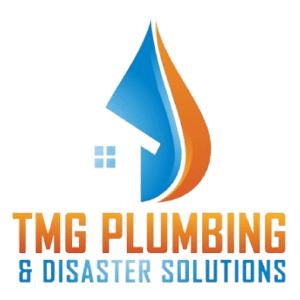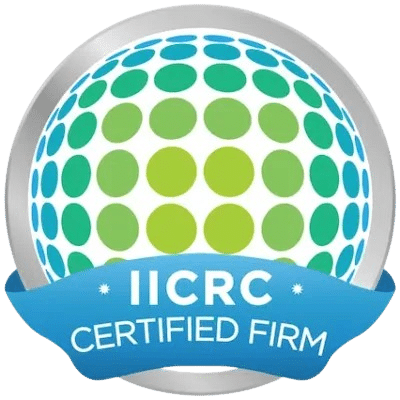Water damage is a serious concern for any property owner, and one of its most dangerous consequences is mold growth. Mold can develop rapidly—often within 24 to 48 hours after water intrusion—posing risks to both your property and your health. Understanding the signs of mold after water damage and knowing how to prevent it is essential for maintaining a safe, healthy environment.
Key Signs of Mold After Water Damage
Be vigilant for these warning signs if your home or business has recently experienced water damage:
- Musty Odors: A persistent, earthy smell is often the first indicator of hidden mold, even if you can’t see it yet.
- Discoloration: Look for yellow, brown, black, olive green, white, or gray stains or patches on walls, ceilings, or floors. These often signal water intrusion and mold growth.
- Peeling Paint or Warped Surfaces: Moisture can cause paint to bubble or peel and floors or walls to warp, crack, or buckle.
- Visible Mold Growth: Mold may appear as fuzzy or slimy patches in various colors, especially in damp or dark areas.
- Condensation or Persistent Dampness: If surfaces remain damp or humid long after the initial water event, mold may already be forming.
- Health Symptoms: Unexplained allergic reactions, respiratory issues, or skin irritation can be triggered by mold exposure, especially in sensitive individuals.
Where Mold Hides
Mold often grows in hidden or unexpected places, including:
- Behind walls and under carpets
- Inside air ducts and behind appliances
- On ceiling tiles, especially after roof leaks
- In bathrooms, basements, kitchens, closets, attics, and window sills[3]
How to Prevent Mold After Water Damage
Taking immediate action is crucial to prevent mold from taking hold. Here’s what you should do:
1. Remove or Drain Water Quickly
- Use buckets or a wet-dry vacuum to remove standing water as soon as possible.
2. Dry Out Affected Areas
- Use towels, fans, and dehumidifiers to dry floors, walls, and furniture thoroughly.
- Keep indoor humidity below 60% (ideally between 30% and 50%).
3. Remove and Replace Damaged Materials
- Take out damp carpets, flooring, or drywall that cannot be dried quickly.
4. Ventilate and Control Moisture
- Vent appliances that produce moisture to the outside.
- Use bathroom fans or open windows when showering.
- Clean and repair gutters, and ensure the ground slopes away from your foundation to prevent water pooling.
5. Inspect Plumbing Regularly
- Schedule routine plumbing maintenance services to detect and fix leaks before they cause water damage and mold growth.
6. Monitor for Recurrence
- Use a moisture or humidity meter to keep tabs on indoor conditions.
- Act quickly if you notice condensation or moisture collecting on surfaces.
Why Professional Help Matters
While immediate action is essential, some situations require professional intervention. If you suspect hidden mold or extensive water damage, contact experts who can provide comprehensive remediation and plumbing maintenance services to safeguard your property.
TMG Companies is committed to helping you protect your home or business from the dangers of mold after water damage. Regular inspections, prompt repairs, and proactive plumbing maintenance are your best defenses against costly and hazardous mold infestations.




